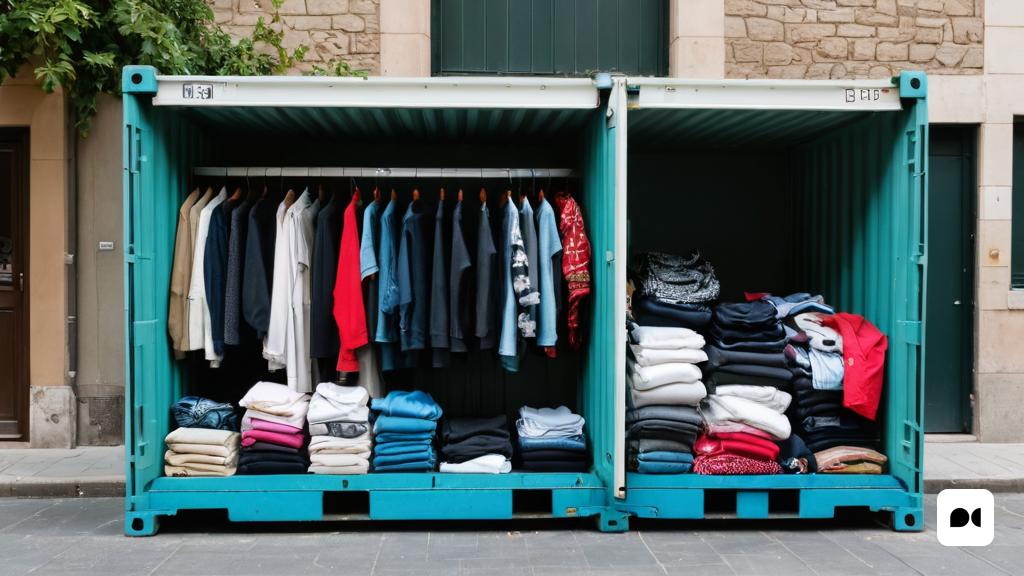The textile waste crisis in Spain
Every time we change our seasonal clothes, we face a dilemma: what to do with the clothes we no longer wear? In Spain, it is estimated that each person generates approximately 19 kg of textile waste annually, an alarming figure that reflects a growing problem. A study by Moda Re- in 2021 highlights that around 900,000 tons of clothing are discarded each year, of which 88% ends up in landfills. However, there are more responsible alternatives that can help mitigate this impact.
Creative reinvention: the rise of upcycling
One of the most innovative solutions is upcycling, a process that transforms used clothing into new creations. This technique is not only environmentally friendly, but also allows you to unleash your creativity. Imagine turning a t-shirt into an eco-friendly bag or transforming jeans into comfortable shorts. With a little sewing skill, or the help of someone who has it, you can create unique pieces that reflect your personal style.
Generosity as an option: donating clothes
Another valuable option is to donate clothes that you no longer use, as long as they are in good condition. There are numerous charities, shelters and second-hand shops that benefit from these donations. By doing so, you not only extend the life of the clothes, but you also contribute to the community, helping those who need it most and at the same time reducing your ecological footprint.
Textile recycling: a mandatory future
The European Union is moving towards a more sustainable future, with separate collection of textiles set to become mandatory by 2025. Although Spain still has a long way to go, there are already promising initiatives underway. For example, TerraCycle offers innovative solutions such as the Zero Waste Box, which allows the collection of clothing and fabrics that cannot be recycled conventionally.
Generate income from what you no longer use
If you’re looking for a way to get rid of clothes you no longer need while generating an income, second-hand selling platforms like Wallapop or Vinted are ideal. You can also organize flea markets in your neighborhood or give your clothes to second-hand clothing stores like Percentil, which reward you with credit for future purchases. This way, what you no longer need can become a treasure for others.
Clothing swaps: a social and sustainable experience
Clothing swaps are a growing trend that not only allows participants to refresh their wardrobe, but also promotes social interaction. This practice is not only fun, but also helps keep clothing in circulation, avoiding the need to buy new garments and thus reducing environmental impact. It is a creative and social way to deal with the excess clothing in our homes.
Reflective closure: a change of mentality
Changing your wardrobe doesn’t have to mean waste. By taking a more conscious and sustainable approach to our clothes, we not only benefit the environment, but we also enrich our lives. Whether through donation, recycling, upcycling or sharing, every action counts. With a little creativity and generosity, we can contribute to a more sustainable future while enjoying fashion responsibly.

